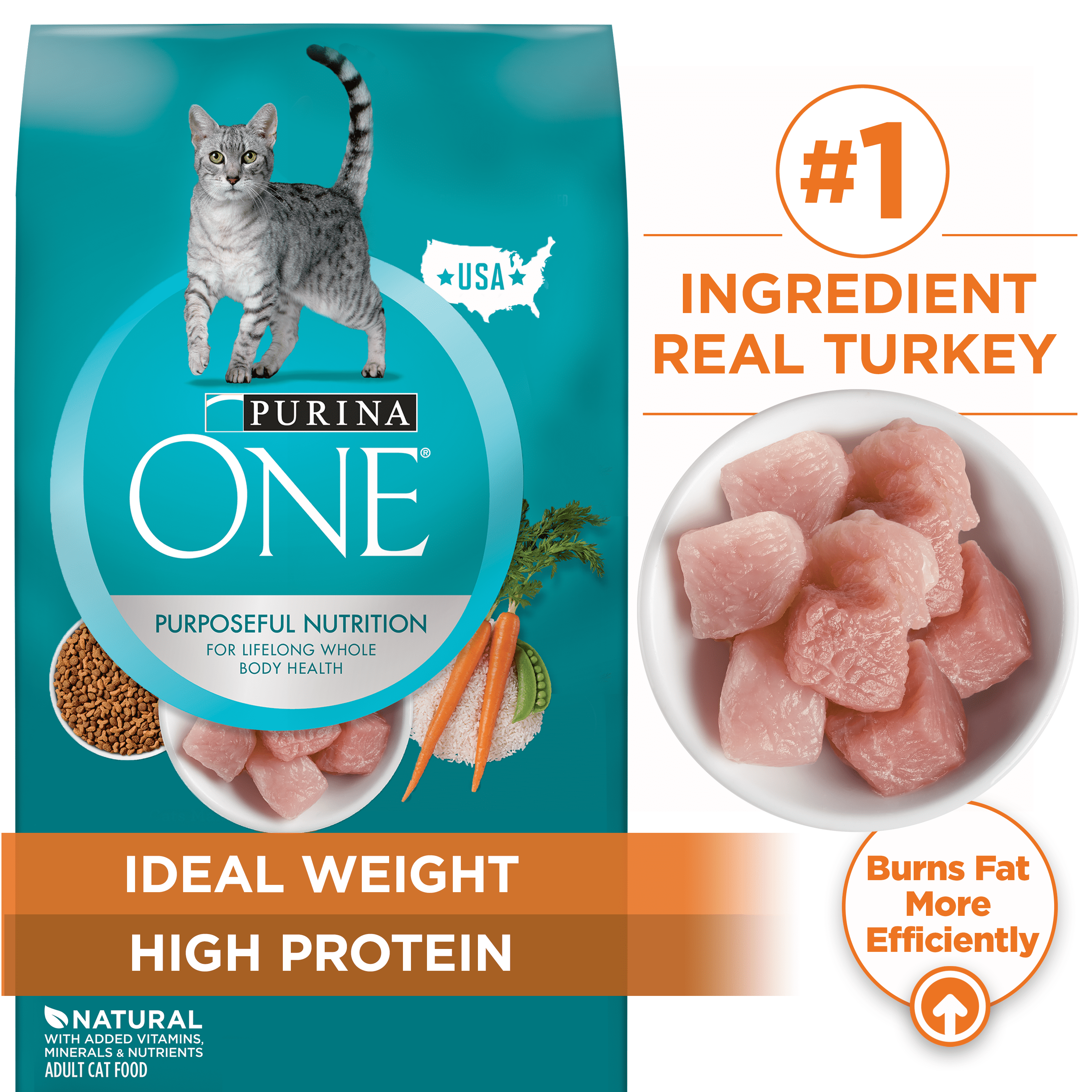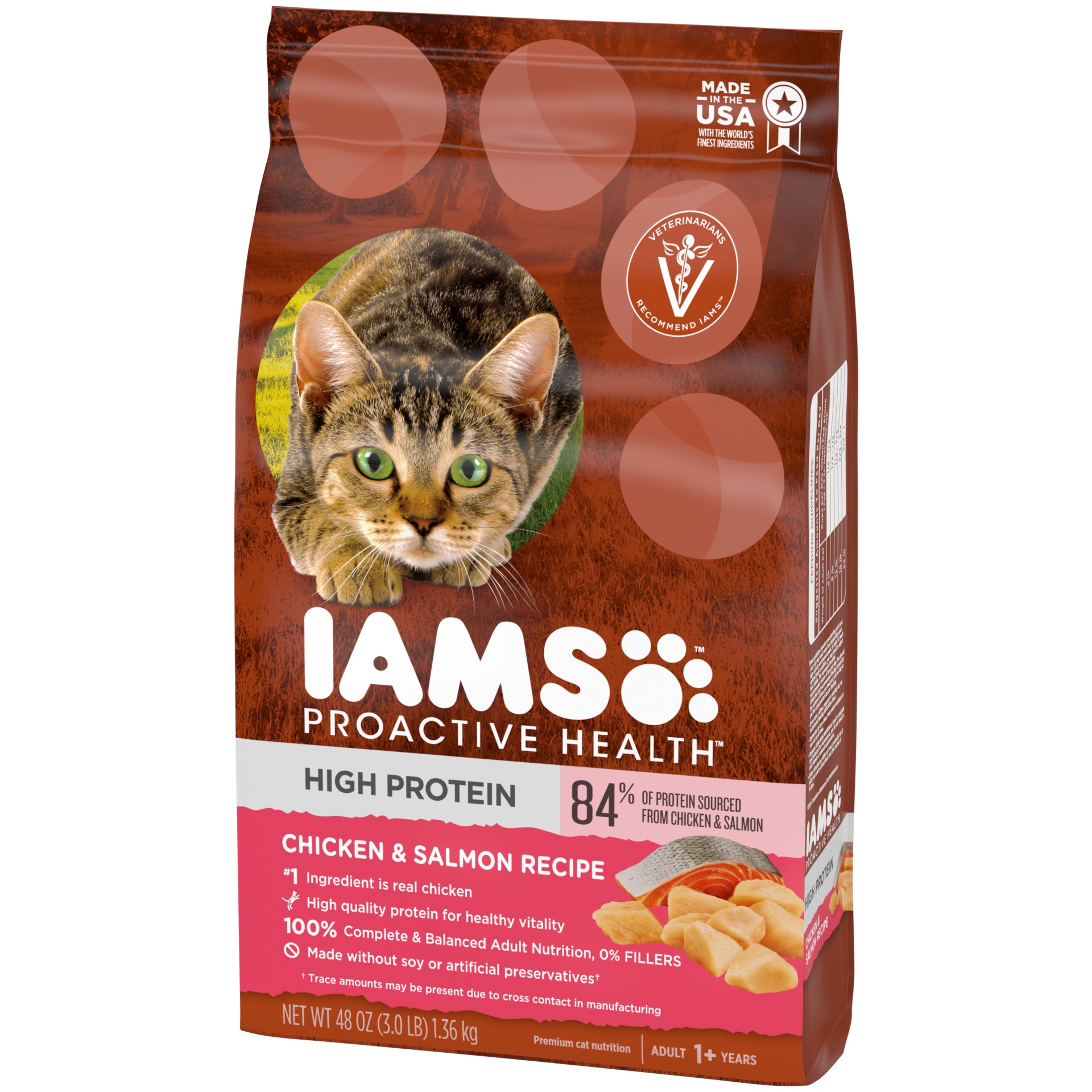
Fueling Growth: The Indispensable Role of High-Protein Dry Kitten Food
The pitter-patter of tiny paws, the playful swats, and the boundless energy of a kitten are a delightful whirlwind. Beneath that adorable exterior lies a metabolic powerhouse, undergoing an incredibly rapid period of growth and development. From the moment they open their eyes, kittens are transforming at an astonishing rate, building muscles, strengthening bones, developing their immune systems, and honing their cognitive abilities. To support this intense period of transformation, nutrition becomes paramount, and among the most critical components of their diet is high-quality protein.
While there’s a myriad of kitten food options available, this article will delve into the specific benefits and considerations of high-protein dry kitten food, exploring why it’s a cornerstone for healthy feline development and what to look for when choosing the best option for your new furry family member.
The Unique Nutritional Needs of Growing Kittens
Kittens are not miniature cats; their nutritional requirements are distinct and significantly higher than those of adult felines. Their growth rate is exponential, often doubling or tripling their birth weight within the first few weeks of life. This intense development demands:
- High Energy Density: They need more calories per pound of body weight to fuel their growth and incredibly active lifestyles.
- Increased Protein: Essential for building and repairing tissues, muscles, organs, and a healthy coat.
- Specific Amino Acids: Felines are obligate carnivores, meaning they must obtain certain nutrients, like taurine, directly from animal sources.
- Optimal Fat Levels: For concentrated energy and the absorption of fat-soluble vitamins.
- Balanced Vitamins and Minerals: Crucial for bone development, immune function, and overall vitality.
Neglecting these specific needs can lead to developmental issues, weakened immune systems, and a failure to thrive.
Demystifying Protein: The Building Block of Life
Protein is a macronutrient composed of amino acids, often referred to as the “building blocks of life.” For kittens, protein is not just important; it’s the single most critical dietary component for their robust development. Here’s why:
- Muscle Development: As kittens grow, their muscles are constantly developing and strengthening. Protein provides the necessary amino acids to form new muscle tissue.
- Organ Function: Vital organs like the heart, liver, and kidneys are primarily made of protein. Adequate intake ensures their proper formation and function.
- Enzymes and Hormones: Proteins are integral to the creation of enzymes that facilitate digestion and metabolism, and hormones that regulate various bodily functions.
- Immune System: Antibodies, which are crucial for fighting off infections and diseases, are made of protein. A strong immune system is vital for young, vulnerable kittens.
- Hair, Skin, and Nails: The healthy growth of a kitten’s coat, skin, and claws is directly dependent on sufficient protein intake.
Crucially, cats are obligate carnivores. Unlike omnivores, their digestive systems are specifically designed to process and thrive on animal-based proteins. Plant-based proteins, while offering some amino acids, often lack the complete profile and bioavailability that felines require, especially during rapid growth. Therefore, the source of protein is as important as the quantity.
The Advantages of Dry Kitten Food
While wet food offers excellent hydration and palatability, dry kibble presents several compelling advantages, particularly when formulated with high protein:
- Convenience and Storage: Dry food is easy to store, has a longer shelf life once opened, and doesn’t require refrigeration.
- Dental Health: The abrasive action of chewing kibble can help reduce tartar and plaque buildup, contributing to better oral hygiene from a young age. While not a substitute for professional dental care, it offers a small benefit.
- Cost-Effectiveness: Generally, dry food tends to be more economical than wet food, making it a sustainable option for many pet owners.
- Portion Control: It’s easier to accurately measure dry kibble, helping to prevent overfeeding and manage a kitten’s weight.
- Free Feeding Potential: For some kittens, especially those with high metabolisms, dry food can be left out for free-feeding throughout the day, allowing them to graze as needed (though this should be monitored to prevent obesity).
Defining “High Protein” for Kittens
What exactly constitutes “high protein” in dry kitten food? While there’s no universally fixed percentage, most veterinary nutritionists and pet food experts agree that a dry kitten food should have a minimum of 30-35% crude protein on a dry matter basis, with many premium options ranging from 35% to 45% or even higher.
It’s vital to look at the “Guaranteed Analysis” on the food label, which provides the minimum percentages of crude protein, fat, and maximum percentages of fiber and moisture. Remember that percentages on a “wet basis” (as fed) will be lower due to moisture content, so ensure you’re comparing apples to apples (dry matter to dry matter).
Beyond Protein: A Holistic Nutritional Profile
While protein is king, a truly high-quality dry kitten food with high protein will also include a balanced array of other essential nutrients to support holistic development:
- Healthy Fats (Minimum 18-22%): A concentrated source of energy, healthy fats also provide essential fatty acids like Omega-3s and Omega-6s. DHA (docosahexaenoic acid), an Omega-3 fatty acid, is crucial for brain and vision development.
- Complex Carbohydrates: Provide sustained energy. Look for easily digestible sources like sweet potatoes, peas, or whole grains (if not grain-free). Avoid excessive fillers like corn or wheat, which can be harder to digest for some cats.
- Vitamins and Minerals: A complete spectrum of vitamins (A, D, E, B-complex) and minerals (calcium, phosphorus for bone growth, iron, zinc) is essential for every bodily function.
- Taurine: As an essential amino acid for cats, taurine must be present in their diet. Deficiency can lead to serious health issues, including heart disease and blindness.
- Probiotics and Prebiotics: Support a healthy digestive system, aiding nutrient absorption and bolstering the immune system.
- Antioxidants: Vitamins E and C, along with other compounds, help protect cells from damage and support immune health.
What to Look for on the Label: A Smart Shopper’s Guide
Choosing the right high-protein dry kitten food requires a keen eye for detail on the ingredient list and nutritional information:
- First Ingredient is a Named Meat Source: This is perhaps the most crucial indicator of quality. Look for “chicken,” “salmon,” “turkey,” “beef,” or “lamb.” Avoid generic terms like “meat” or “poultry” and be wary if the first ingredient is a grain or a vague “by-product.”
- Avoid Excessive Fillers and By-Products: While some by-products can be nutritious (e.g., organ meats), vague “meat by-products” or “poultry by-product meal” as primary ingredients can indicate lower quality protein sources. Similarly, excessive use of corn, wheat, or soy as primary ingredients should be approached with caution.
- No Artificial Colors, Flavors, or Preservatives: These offer no nutritional value and can sometimes cause sensitivities. Natural preservatives like mixed tocopherols (Vitamin E) are preferable.
- AAFCO Statement: Look for a statement from the Association of American Feed Control Officials (AAFCO) indicating the food is “complete and balanced for growth” or “for all life stages.” This signifies that the food meets the minimum nutritional requirements for kittens.
- Digestibility: While not always obvious from the label, highly digestible ingredients mean your kitten can absorb more nutrients. High-quality protein sources contribute to better digestibility.
- Fat Source: Look for named animal fats like chicken fat, which are excellent energy sources.
The Tangible Benefits of High-Protein Dry Food
When you choose a high-quality, high-protein dry food for your kitten, you’re investing in their future health and vitality. The benefits are numerous:
- Robust Muscle Development: Essential for active play and healthy physical growth.
- Sustained Energy Levels: High protein and healthy fats provide the fuel needed for their constant exploration and play.
- Strong Bones and Teeth: A balanced diet with appropriate protein, calcium, and phosphorus supports skeletal development.
- Healthy Skin and Lustrous Coat: Protein is vital for healthy hair follicles, leading to a soft, shiny coat and supple skin.
- Enhanced Immune System: A strong protein foundation helps build antibodies and a resilient immune response, crucial for young kittens.
- Improved Satiety and Weight Management: Protein helps kittens feel fuller for longer, which can aid in preventing overeating and managing a healthy weight as they grow.
Potential Considerations and How to Mitigate Them
While high-protein dry food offers many advantages, it’s important to consider a few factors:
- Hydration: Dry food has very low moisture content. It is absolutely critical to ensure your kitten has constant access to fresh, clean water. Consider using a water fountain to encourage drinking, and supplementing with wet food can also boost hydration.
- Palatability: Some kittens may be pickier about dry kibble. Introducing it early and trying different shapes or sizes can help.
- Cost: High-quality, high-protein dry foods can be more expensive than lower-quality options. However, the long-term health benefits often outweigh the initial cost.
- Allergies/Sensitivities: While less common in kittens, some may develop sensitivities to certain protein sources (e.g., chicken). If you suspect an allergy, consult your veterinarian.
Transitioning Your Kitten to New Food
When introducing any new food, including high-protein dry kibble, do so gradually over 7-10 days. Start by mixing a small amount of the new food with their old food, slowly increasing the proportion of the new food each day while decreasing the old. This helps prevent digestive upset.
Feeding Guidelines and Best Practices
Always follow the feeding guidelines on the food packaging as a starting point, but adjust based on your kitten’s individual activity level, weight, and growth rate. Young kittens generally need to eat more frequently (3-4 times a day initially, reducing to 2-3 times as they grow). Regularly monitor your kitten’s body condition – you should be able to feel their ribs easily without seeing them prominently, and they should have a visible waist. Regular veterinary check-ups are essential to ensure they are growing at a healthy rate.
Conclusion
Choosing the right nutrition for your kitten is one of the most impactful decisions you’ll make for their long-term health and well-being. High-protein dry kitten food, when sourced from quality animal ingredients and balanced with essential fats, vitamins, and minerals, provides the robust foundation needed for their incredible journey from a tiny bundle of fluff to a strong, healthy adult cat. By understanding their unique needs and diligently scrutinizing food labels, you can confidently select a diet that fuels their growth, supports their vibrant energy, and sets them on the path to a long and happy life. Always consult with your veterinarian for personalized dietary advice tailored to your kitten’s specific health profile.

